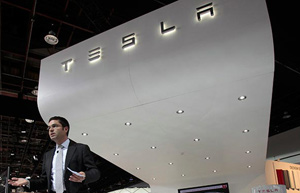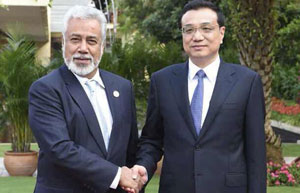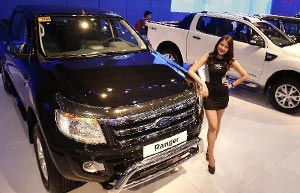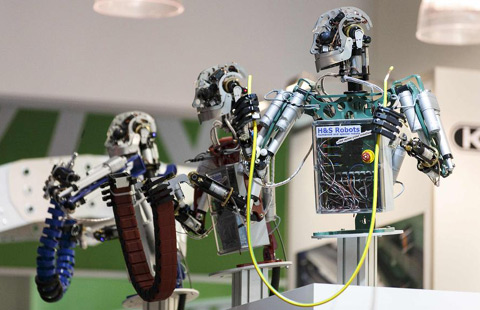China's new energy drivers
(Xinhua) Updated: 2014-03-14 11:35Bumpy road ahead
Thursday's announcement means a new round of government support for the NEV sector is on the way, but the road ahead is not entirely free from obstructions.
Safety of NEVs is questionable; the streets are hardly lined with the electric chargers needed to keep these vehicles rolling along. There is a long way to go before the industry wins popular support and helps reverse environmental decay.
Earlier this year, some electric cars caught fire in China, sparking concerns about batteries. Several models from industry poster boy Tesla have burned up in the United States, but auto experts have tried to play down the safety issues, claiming that NEVs are less fire-prone than traditional cars with their large tanks filled with highly inflammable liquid.
|
 |
According to the China Battery Industry Association, NEV batteries made by domestic producers are generally safe, as are Tesla batteries. Fires involving Tesla cars were caused by outside forces not the cars' own technical problems, said Wang Jingzhong, deputy director of the association.
Aside from convincing the general public that NEVs are safe, the infrastructure (electric chargers) is much thinner on the ground than omnipresent gas stations. A flat tire is one thing, a flat battery, quite another. No one wants to be marooned in the middle of nowhere.
Given the state of the infrastructure and relatively high price tag of NEVs, auto analyst Jia Xinguang reckons price-sensitive Chinese consumers are more inclined to follow the herd and choose a comfortable, low-priced gasoline vehicle.
Though NEVs are prized by their limited environmental impact, the last obstacle arises from environmental concern. How spent batteries are disposed of?
In a recent interview with news portal Sina.com, Zhong Faping, director of National Engineering Research Center of Advanced Energy Storage Materials, said that NEV batteries are so big -- 500 kg -- that their disposal is a real matter.
BYD 'green' cars get go-ahead for Beijing, Shanghai roads
- Premier Li meets with Timor Leste's Prime Minister
- China encourages development of private healthcare
- Lufthansa Cargo strengthens its presence in China
- China battles for rags-to-riches stories
- Cars, models at 10th Manila Intl Auto Show
- Jack Ma to acquire 20% of Wasu Media
- XP's demise helps Chinese IT developers
- GM planning lower-priced version of 2016 Chevy Volt

















